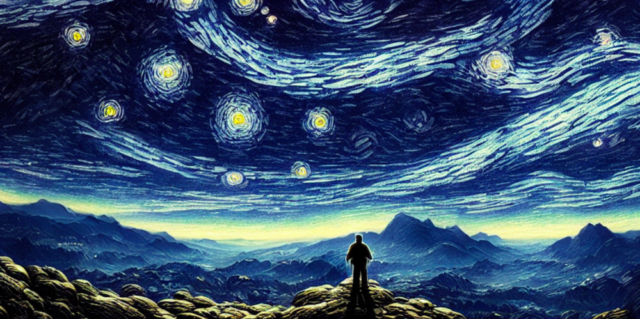“Improvisation, instant, high-risk yet immersive”, is my initial impression of live coding after reading “Live Coding Towards Computational Creativity”.
I think live coding is definitely for those “adventurers who enjoy the adrenaline rush brought by the unknown results”. This is to say, based on the content of the artist’s programming, the content presented by live coding may show strong randomness, which just as the following quote from the article demonstrates,
“When I work on writing a piece … I can perfect each sound to beprecisely as I intend it to be, whereas [when] live coding I have to be more generalised as to my intentions.“
it makes both the artist and the audience unable to accurately predict the specific output of the programming.
When doing live coding, artists also need to take many risks, some of which we have already experienced in Tuesday’s class, such as syntax errors in programming that cause output to fail. In addition, as the following quote indicates,
“Live Coding is riskier, and one has to live with [unfifit decisions]. You can’t just go one step back unless you do it with a nice pirouette.“
Many times we make a complete work with multiple sub-contents through live coding, if one of them is not suitable and we show it, it may destroy the coherence and effect of the whole work. Therefore, I would question whether live coding is completely improvised art and whether it is completely free from the influence of traditional art. Based on my observation in Tuesday’s class, I would presume that live coding artists might have already prepared a rough outline of what they’re going to program before they do the performance so that there is both coherence and consistency in the whole work and randomness in the specifics. In my opinion, consistency and coherence are the characteristics of traditional art. For example, when we live coding music, we still tend to stick to the rhythm and rhythm of common music.
So in my opinion, what really makes live coding different from traditional artistic expression is its performance process, as Aaron said during class, “the process of people programming is as exciting as the output they get from programming”. In traditional forms of artistic expression, works often only focus on one sense. For example, music corresponds to hearing, and paintings correspond to vision. In comparison, live coding allows the audience to enjoy both visual and auditory media, and there are real people editing the production process in real-time, which makes the entire presentation process very immersive.
